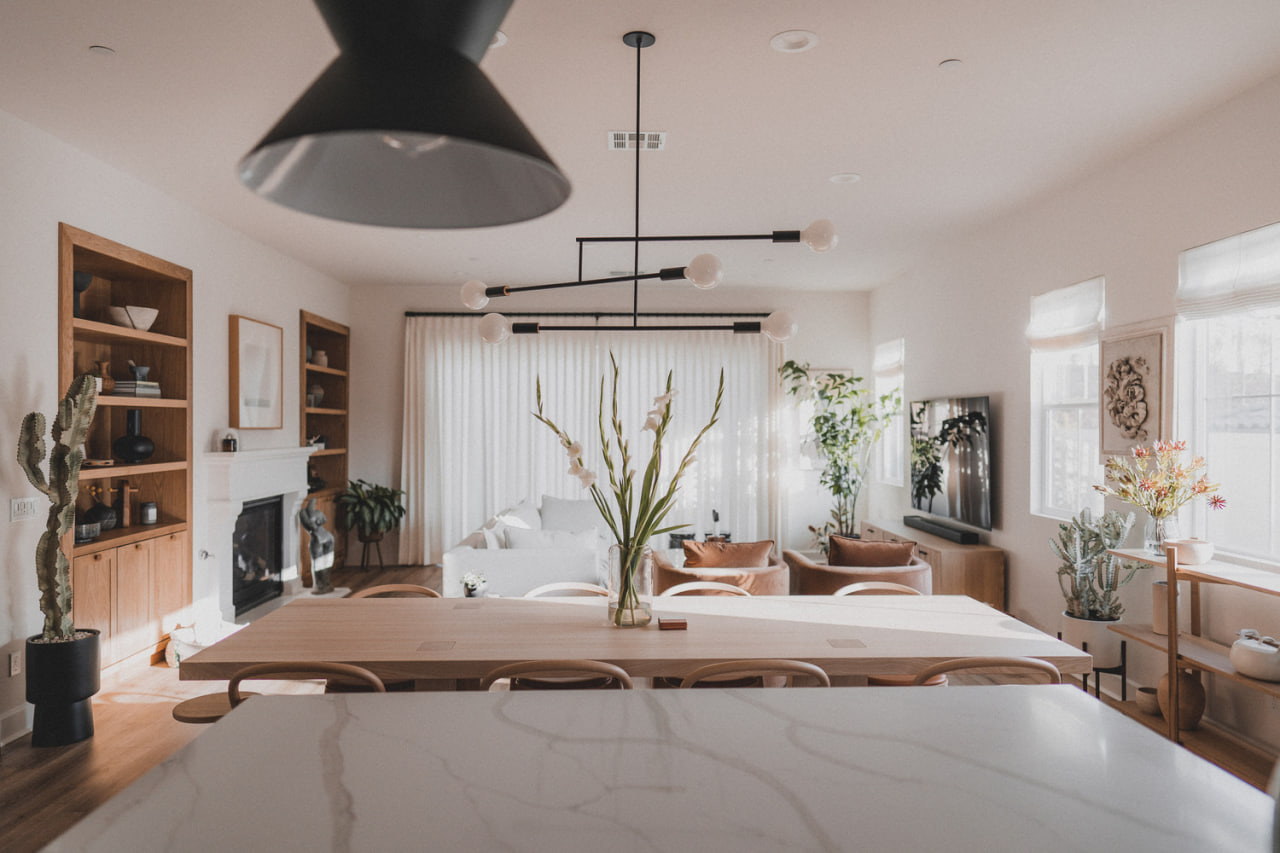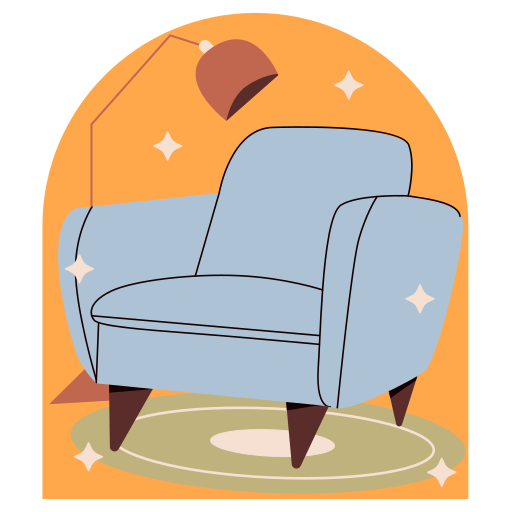
One of the most inspiring aspects of learning interior design—especially through a hands-on, beginner-friendly course—is seeing how real people apply the principles in their own homes. Theory becomes transformation, and small shifts lead to life-changing environments. The “before and after” moments are not just visual upgrades; they represent deeper changes in lifestyle, self-awareness, and personal expression.
This article highlights several student journeys that showcase how design thinking, intentionality, and even limited resources can result in powerful transformations.
From Cluttered to Calm
Julia, a freelance illustrator, had always described her apartment as “creative chaos.” Her studio-living room combination was filled with mismatched furniture, piles of supplies, and very little open space. She enrolled in the Home Design Thinking Course not to become a designer, but simply to make her home feel less overwhelming.
In her “before” photos, the space felt visually noisy and emotionally exhausting. With guidance from the course, she began by rethinking the layout. By moving her desk closer to the window, introducing vertical storage, and defining separate zones for work and rest, her room was transformed.
The “after” space wasn’t just more aesthetically pleasing—it supported her focus and reduced daily stress. Natural light filled her work area. Open shelves displayed her favorite materials. She reported feeling calmer, more organized, and more inspired to create.
From Blank Canvas to Personal Sanctuary
Miguel had recently moved into a small rental apartment after years of shared housing. For the first time, he had a space of his own, but the stark white walls and basic furnishings made the place feel impersonal. He wasn’t sure where to start, so he joined the course with the goal of learning how to make his apartment feel more like home.
Through the design exercises, he discovered a love for warm earth tones, organic textures, and layered lighting. He started with a mood board, built a simple color palette, and gradually introduced new elements. A soft woven rug, a few framed travel photographs, and a secondhand armchair completely changed the atmosphere.
The most dramatic shift was psychological. Miguel said that for the first time, he looked forward to coming home. He began hosting friends more often and started his mornings with intention—something he never did in his previous living situations.
From Functional to Flexible
Sasha and Leo, a couple working remotely from a one-bedroom apartment, faced the challenge of sharing a space without losing personal autonomy. Their “before” scenario involved clashing schedules, noise conflicts, and a sense of restlessness. The dining table doubled as a desk, and the bedroom was overrun with makeshift storage.
During the course, they approached the project as a team. They used zone planning to define shared and individual areas, swapped bulky furniture for modular pieces, and added curtains to visually separate workstations.
Their “after” layout included a wall-mounted foldable desk, a reading corner, and coordinated storage that blended into the aesthetic. Both reported better communication, improved sleep, and a renewed sense of harmony. Their small space now works for both focus and relaxation.
From Intimidated to Empowered
Tanya, a single mother of two, had avoided making design decisions for years. She assumed it required a large budget and a professional background. Her home was functional but uninspiring, filled with hand-me-downs and neutral tones chosen out of fear of “getting it wrong.”
The design thinking approach gave her permission to experiment. She began by mapping out how her family used each room and which areas caused the most friction. The living room was constantly messy, the entryway was chaotic, and the dining area was barely used.
In her “after” story, every space served a clear purpose. A simple shoe bench and wall hooks tamed the entryway. Floor cushions and a low table transformed the unused dining area into a kid-friendly homework and craft zone. Bright art created by her children became the centerpiece of the living room.
Her biggest takeaway wasn’t just the physical transformation, but the realization that good design is about listening to your needs—not following trends. She now says her home finally reflects who she is as a parent and a person.
